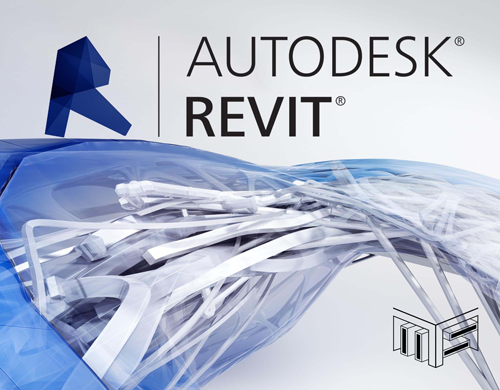
Revit software: from introduction to download and crack in full with training
An introduction to Revit software
Autodesk Revit software is one of the powerful tools in the field of design and building information modeling (BIM). This software allows engineers, architects and designers to model complex designs in 3D and easily manage changes. Here’s a comprehensive guide to learning sight the easy way.

Familiarity with BIM
Building Information Modeling (BIM) is a digital approach to the design, construction and management of buildings. This approach allows architects and engineers to: have more accurate designs. Easily apply changes. Have better cooperation with other members of the project team.
Key features of the Revit
3D modeling: the ability to create accurate 3D models. Information management: storage and management of project information in a single environment. Analysis and simulation: the possibility of performing different analyzes such as energy and light. Team Collaboration: Ability to collaborate with other team members in real time.
Installation of Revit
System requirements for Revit
Before installing Revit, make sure your system meets the following minimum requirements: Operating system: Windows 10 or higher Processor: 64-bit RAM memory: at least 8 GB (16 GB recommended) Disk space: at least 30 GB free space
Revit software Install
Download Revit software: Go to the Autodesk website and purchase the appropriate version of View and then download it. (You can see the download links for cracked View software at the bottom of the site)
Running the installation file: Run the downloaded file and follow the installation steps. Activating Revit: After installation, activate the software using your Autodesk user account.
Getting to know the user environment of Revit
Toolbars and menus
Ribbon: contains various tools for design and editing. Project Browser: Display the project structure and access to views, classes and components. Properties panel: display the selected properties and edit them. Drawing Area: where designs and models are done.
Initial settings
Set the units: From the Manage menu, Project Units, set the measurement units. Display Settings: Manage display components from the View menu, Visibility/Graphics.
Modeling in Revit
Create a new project in Revit
Creating a project: Create a new project from File, New, Project menu. Choosing a template: Choose the appropriate template.
Create classes in the Revit
Create Floor: From the menu Architecture, Floor, add a new floor. Height adjustment: Adjust the height of floors in the Properties panel.
Modeling walls in Revit
Select the wall tool: From the menu Architecture, Wall, select the wall tool. Draw walls: Draw walls by clicking and dragging the mouse. Wall settings: In the Properties panel, set the type of wall and its properties.
Adding doors and windows in the Revit
Add a door: From the Architecture menu, select Door, the door tool and place it in the desired location. Add a window: From the Architecture menu, select Window, the window tool and place it in the desired location.
Ceiling modeling in Revit
Create a roof: From the Architecture menu, select Roof, Roof Tool. Drawing the roof: using the available tools, design the roof.
Information management and analysis
Add information to components
For each element (wall, door, window, etc.) you can enter information such as materials, dimensions and technical specifications.
Performing energy analyses
Analysis settings: From the Analyze, Energy, Analysis menu, make settings related to energy analysis. Run the analysis: After the settings, run the analysis and view the results.
Views and details
Create views
Create views: Create different views from the View, Elevation menu. View Settings: Set the properties of the view in the Properties panel.
Details
To create details, add the desired details from the Annotate, Detail menu.
Print and present
Print settings
Print settings: From File, Print menu, make settings related to printing. Choose the scale: choose the appropriate scale for printing.
Project presentation
For project rendering, you can use the Render tools to create high-quality renderings of your models.
conclusion
Learning Revit software requires practice and experience. This booklet will help you to get acquainted with the basic principles and applications of this software. For more in-depth learning, it is recommended to refer to online educational resources, video tutorials and specialized books.
Suggested resources
Revit training books Online courses (Udemy, Coursera) YouTube training videos BIM and vision specialized websites If you have questions or need more explanations, please ask!
Training to install and activate Revit software
- Install the software.
- Turn off the antivirus.
- Download the activator file and unzip it.
- If you have used another activator in the past, run the Autodesk License Uninstaller file first. Then do the following steps.
- Run the Autodesk License Activator.exe file and wait a few seconds for the silent installation and activation process and the message Cracking Complete. Enjoy be displayed
- Run the software and select Use A Network License option in the activation window and Single License Server if needed and enter 127.0.0.1 in the empty box.
- If you receive the message Network License Not Available in old versions (2020-2021), copy the version.dll file in the activator folder to the path written in the Readme.txt file.
- Important: To prevent the license from being deactivated, put the software in the antivirus or Windows firewall.


0 comments